Tantric massage has become popular, but many wonder if it’s safe. Tantric massage focuses on energy flow and spiritual connection through prolonged touch. This article will explain tantric massage’s origins, benefits, and safety considerations.
Read on to learn how to enjoy this ancient practice responsibly.
Key Takeaways
- Tantric massage is a practice that combines spirituality, mindfulness, and sensuality to promote well-being. It can be safe when practised with explicit Consent, communication, and boundaries. Discussing comfort levels and expectations with the practitioner beforehand is crucial.
- Tantric massage does not inherently involve sexual acts or intercourse. It focuses on awakening sexual energy for relaxation and healing. Maintaining proper hygiene, using clean sheets, and washing hands prevent the spread of infections. HIV does not transmit through massage when standard precautions are followed.
- Finding a reputable tantric massage provider requires research. Look for practitioners with nationally recognised training and certifications who can convey consent and safety. Trust your instincts and communicate openly. Avoid anyone offering sexual services under the guise of “tantric massage,” as this violates professional tantric principles.
- When practised ethically with the right precautions, tantric massage techniques like yoni massage can be a safe way to enhance intimacy and well-being. The keys are consenting consent, hygiene, clear boundaries, and choosing a qualified practitioner committed to upholding the integrity of this ancient healing art.
Understanding Tantric Massage
Tantric massage is a practice that combines spirituality, mindfulness, and sensuality to promote overall well-being. It involves using breathwork, meditation, and massage techniques to awaken sexual energy and create a deeper connection between partners.
Origins and Purpose
Tantric massage originates from the ancient spiritual practices of tantra that developed in India over 5,000 years ago. Tantra views sexual energy as a potent force for spiritual growth and enlightenment.
Tantric massage was developed to help people connect more deeply with their bodies, emotions, and spiritual selves.
The purpose of tantric massage extends beyond just physical pleasure or relaxation. It aims to awaken and balance the flow of life force energy, known as prana or kundalini, throughout the body’s seven main chakras or energy centres.
Benefits for Physical and Emotional Well-being
Tantric massage offers several benefits for physical and emotional well-being. It can help reduce stress, boost the immune system, and improve health. Techniques like slow movements, focusing on erogenous zones, and incorporating sound can lead to a more satisfying sexual experience.
Tantric practices may also positively affect hormones and antibodies in the body. They promote relaxation, contentment, and a deeper connection with oneself and one’s partner.
Engaging in tantric massage with proper guidance can enhance sexual pleasure and overall sexual health.
Beyond the physical aspects, tantric massage supports mental and emotional well-being too. It encourages self-awareness, self-esteem, and better communication in relationships. Tantric teaching emphasises the importance of Consent, boundaries, and mutual respect.
Ensuring Safety in Tantric Massage
Consent and communication ensure tantric massage stays safe and comfortable for everyone involved. To prevent spreading infections, practitioners should follow proper hygiene practices, like using clean sheets and washing hands thoroughly before and after the massage.
The Importance of Consent and Communication
Consent and communication form the bedrock of safe tantric massage practices. Practitioners must obtain explicit, enthusiastic consent from clients before beginning any session. They should also discuss boundaries, expectations, and comfort levels in detail.
Ongoing communication helps ensure both parties feel safe and respected throughout the message.
Reputable tantric emphasises open dialogue to foster trust and safety. They encourage clients to voice any concerns or discomfort that may arise. Practitioners check in regularly and ask for permission before touching new areas.
Setting Boundaries and Managing Expectations
Communicating openly about boundaries is vital for a safe tantric massage experience. Partners should discuss their comfort levels, desires, and off-limits activities before the session begins.
Establish a safe word or signal to pause or stop the massage if either person feels uncomfortable at any point.
It’s essential to manage expectations around the goals and outcomes of tantric massage. While it can be a sensual and intimate practice, it is not inherently sexual. The focus is on cultivating a deeper connection with oneself and one’s partner through mindful touch and breathwork.
Practising Good Hygiene
Maintaining good hygiene is crucial for a safe and enjoyable tantric massage experience. Washing hands thoroughly before and after the massage helps prevent harmful bacteria and infections.
Use clean, fresh linens and regularlyitise any massage tools or surfaces. Choose massage oils and lubricants carefully to avoid irritating delicate genital tissues.
Finding a Reputable Tantric Massage Provider
When looking for a reputable tantric massage provider, do your research thoroughly. Get recommendations from trusted sources and check the provider’s credentials.
Thorough Research and Recommendations
Finding a trustworthy tantric massage provider requires careful research. Ask for recommendations from friends or reputable sources. Look for providers with proper training and certifications in tantric practices.
Check online reviews and testimonials to gauge others’ experiences. A professional will have mostly positive feedback from satisfied clients. They should also openly discuss their techniques, training, and approach to ensure it aligns with your expectations of a safe, consensual tantric massage session.
Accreditation and Certifications
Accreditation and certifications matter when searching for a reputable tantric massage provider. Look for practitioners who have completely recognised training programs in tantric massage techniques.
Accredited programs ensure practitioners have the knowledge and skills to provide safe, ethical tantric massage sessions. Certified massage therapists understand the importance of consent, boundaries, and consent.
Trusting Your Instincts and Communicating Openly
After verifying the credentials and experience of tantric massage providers, trust your gut feeling about them. If something feels off during your interactions, don’t ignore those instincts.
Your intuition can help guide you to a safe and reputable practitioner.
Open communication is vital for a positive tantric massage experience. Before the session begins, discuss your comfort level, boundaries, and expectations with the provider. A professional will respect your limits and adjust their approach accordingly.
Addressing Myths and Misconceptions
It is essential to dispel false ideas about tantric massage, like the myth that it spreads STIs (Sexually transmitted infections) or lacks consent. Instead, high consent can be a safe and beneficial practice when appropriately done with clear boundaries and hygiene precautions.
Read on to learn more about enjoying tantric massage safely and ethically.
Dispelling Myths about HIV Transmission
One common myth about tantric massage is that it can spread HIV. This is not true. HIV transmits through certain bodily fluids like blood, semen and vaginal fluids. It does not spread through saliva, sweat or skin-to-skin contact during massage.
Practising good hygiene and using clean sheets and towels prevents the spread of skin infections.
Another misconception is that tantric massage always involves sexual activity or intercourse. Tantric massage can be sensual and intimate, but it does not have to include any sexual acts.
The massage focuses on awakening sexual energy and promoting relaxation and well-being. Open communication with the massage provider ensures clear boundaries and expectations.
It’s vital to get the facts about HIV transmission from reliable sources. Misinformation can lead to unnecessary fear and stigma. Tantric massage, when practised ethically with proper precautions, poses no risk of HIV.
Clarifying Boundaries and aEmphasisinging Consent
While dispelling misconceptions about HIV transmission is crucial, it’s equally important to clarify boundaries and emphasise tantric consent. Clear communication between the practitioner and client is vital.
Before the session begins, they should discuss comfort levels, expectations, and off-limit areas. The client’s wishes must be respected at all times.
Consent is an ongoing process throughout the massage. The practitioner should check in regularly and adjust techniques based on the client’s feedback. If the client feels uncomfortable, they can pause or end the session.
Promoting Safe and Ethical Practices
Prioritising, communicating clearly, and maintaining proper boundaries are crucial to promoting safe and ethical tantric massage practices. The practitioner and client should openly discuss expectations, comfort levels, and health concerns before the session begins.
This ensures a shared understanding and prevents crossed boundaries.
Reputable tantric massage providers follow strict hygiene protocols. They use fresh linens, properly sanitise the service space, and wash their hands thoroughly. Practitioners should also be tested regularly for STIs and maintain personal cleanliness.
Clients can inquire about these hygienic measures to ensure their health and safety.
Tantric massage aims to awaken sexual energy for healing and spiritual growth – not sexual services. Ethical practitioners make this distinction very clear. They do not engage in or solicit sexual acts during the massage.
Conclusion
Tantric massage offers physical and emotional benefits when practised safely and ethically. Open communication, clear boundaries, and trusting your instincts are critical to a positive experience.
Ultimately, tantric massage is safe as long as consent, hygiene, and finding a reputable practitioner are prioritised.






